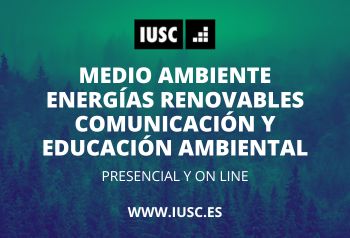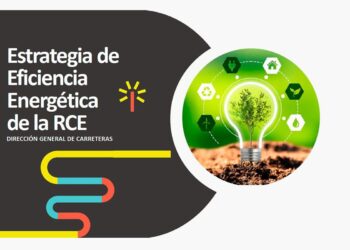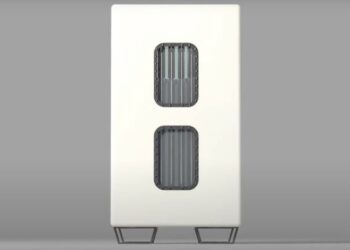Chemist Andrew Barron has developed a technique to etch nanoscale spikes into silicon that allows more than 99 percent of sunlight to reach the cells’ active elements where it can then be turned into electricity.
In just one-step, researchers from Rice University have found a way to improve the efficiency of solar cells.
Chemist Andrew Barron has developed a technique to etch nanoscale spikes into silicon that allows more than 99 percent of sunlight to reach the cells’ active elements where it can then be turned into electricity.
Mr. Barron, along with Rice graduate student Yen-Tien Lu, has simplified the two-step process that creates what’s called “black silicon.” Black silicon is silicon with a highly textured surface of nanoscale spikes or pores that are smaller than the wavelength of light. This textures surface reflects almost no light.
By reducing the reflectance of a solar material, we increase the amount of power that a solar cell can produce. Black silicon’s texture allows the efficient collection of light from any angle.
Black silicon was previously produced through metal deposition and electroless chemical etching. Mr. Barron and Mr. Lu produce their black silicon with a single step that works at room temperature.
They use a chemical mix of copper nitrate, phosphorous acid, hydrogen fluoride and water that, when applied to a silicon wafer, produce the needed nanoscale spikes.
Upon applying the mix to the wafer, the phosphorous acid reduces the copper ions to copper nanoparticles. The nanoparticles attract electrons from the silicon wafers, oxidizing it and allowing hydrogen fluoride to burn inverted pyramid-shaped nanoparticles into the silicon.
This process can produce a black silicon layer with pores as small as 590 nanometers that let through more than 99 percent of light.
While there are still a few improvements that need to be made to the material, but according to Mr. Barron, the ease by which they can create the black silicon in one step makes it a very practical method to improve solar cells.
They are now working on ways to shorten the eight-hour process needed to produce the black silicon as well as a special coating that would protect the spikes from the elements. – EcoSeed Staff












